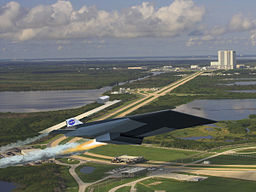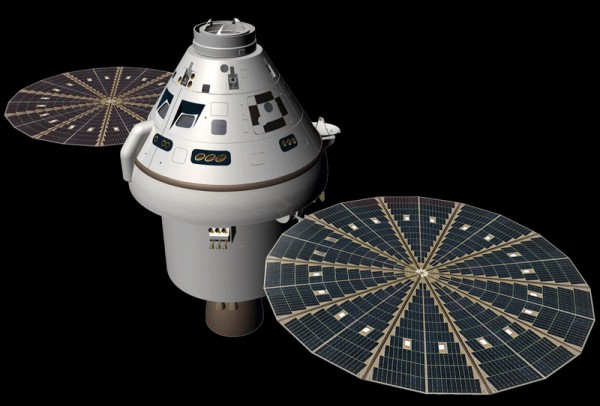From Chapter 2: The Mythical Man-Month
ExcerptWith those words, Brooks wraps up the pseudonymous chapter of his classic text. If there is any law for managing a software project, it's Brooks' Law: Adding manpower to a late software project makes it later. The mechanism is well understood and the basic concept broadly accepted—for decades. And yet, in program after program and project after project, the law is re-proven as if it was a traditional student experiment in a first year college lab.
This then is the demythologizing of the man-month. The number of months of a project depends upon its sequential constraints. The maximum number of men depends upon the number of independent subtasks. From these two quantities one can derive schedules using fewer men and more months. One cannot, however, get workable schedules using more men and fewer months. More software projects have gone awry for lack of calendar time than for all other causes combined. (p. 26.)
I'm reminded of Santayana's often cited admonition:
Progress, far from consisting in change, depends on retentiveness...when experience is not retained, as among savages, infancy is perpetual. Those who cannot remember the past are condemned to repeat it. "1If you think about it, not all history is repeated. We're particular good at repeating the mistakes. Why not the successes? How does that happen? Specifically, how does it happen in NASA?
The the other night, I was having dinner with my good friend 'TJ'. He was reminding me just how cool it is to work for NASA. People are living in space. A rover is driving around on Mars. We are getting images of exoplanets. His enthusiasm was genuine and infectious.
 |
| International Space Station (May 2011) |
Back then NASA engineering was breaking new ground. No longer. We build spacecraft the same way we did 30 years ago. The new systems are still fragile and expensive to operate. And what about the ongoing existential crisis regarding the purpose and value of the spacestation. Does it make sense to spend more than $3B per year to keep astronauts on board to see if vegetables will grown in space? Is this headed anywhere? What's happened to the agency vision?
Later that week, I met my good friend, 'KN' for lunch. We had worked together on many tasks and shared disappointments from working on the wrong side of the political equation. That day he was surprisingly optimistic. He seemed to think that, at long last, a meaningful change was at hand. His project has committed to use model-based engineering techniques.
Over the years we'd seen similar decisions come and go. 'KN' is an old pro, no Pollyanna. Perhaps this time it would be different. Perhaps this was no mere lip service. Perhaps when the coding starts, these new techniques will actually be used. This was a glimmer of hope. But, as I thought back on the effort needed to obtain management consent for this small innovation, I wondered why significant engineering advancements for a NASA were merely routine decisions elsewhere.
| What was imagined in the 1970s |
That's when the setbacks started. The shuttle was delivered 2 years late. There was a tragic accident. The space station project became a muddle and nearly abandoned. NASA had overreached. Doubt crept into the culture. By the late '80s the Agency's growing conservatism slowed the pace of innovation. The engineering values shifted to predictability, risk reduction, and cost savings. Along the way, something changed—expectations were no longer great.
In the last decade the government tried to reenergize NASA with the Constellation Program (Cx). The goal of Cx was to return to the Moon and enable travel to Mars. From the outset, the program was cursed by an unrealistic funding profile, a fanciful schedule, and the rigid bureaucracy that sprouted since the glory years. The result: Cx floundered for 5 years before being mercifully cancelled. However, despite these crippling constraints, Cx did leave a legacy in the Orion Multipupose Crew Vehicle , the Space Launch System and the Commercial Orbital Transportation Services. These programs produced sensible vehicles that are basically Apollo-era recreations with modest improvements. Modest; sensible; but not especially inspiring.
| The new Orion Multi-Purpose Crew Vehicle |
It is this drift away from a culture of inspired, innovative engineering that is telling. Both 'TJ' and 'KN' are realists. They are professional. They are not complacent. They have internalized what's possible in the engineering culture of NASA.
Internalization of culture is a key to NASA's repetition of merely modest and just sensible engineering achievements. I saw a transformation in nearly every new hire. Most come on-board agonizingly eager, talented, and bubbling with ideas. They know little of the realities of engineering in the space business. In a few years most absorb the conventional wisdoms that engineering judgment rests on current practice and innovation lies on the borders of the status quo. They learn that engineering between the lines is the mark of professionalism. The result is an inward-looking, myopic culture busy with immediate concerns and reluctant to tamper engineering custom—even when that custom is to add programmers to address schedule problems late in the project.
We are rewarded for internalizing the conventional assumptions and practicing the conventional methods. The problems occur when the circumstances,that gave rise to a convention,are no longer relevant. Knowing history is not enough to avoid the errors of the past.There will be some fundamental assumptions which adherents of all the variant systems within the epoch unconsciously presuppose. Such assumptions appear so obvious that people do not know what the are assuming because no other way of putting things has ever occurred to them.2—Whitehead
"Spider" concept for spaces station
built from Shuttle hardware
I'd like to think I'm an optimist—perhaps one whose hope has been attenuated by disappointment. I don't believe we must repeat history or be mastered by convention. We can question fundamental assumptions. We can develop new approaches that will enable us to build the systems that were imagined in the 70's. If only a few remain tough minded and work to think past the assumed truths, 40 years from now the next generation will look back at the Mythical Man-Month and say: "It's a good thing we don't do THAT anymore."
With that, I'll move on to the next chapter: "Surgical Team."
1. Santayana, G., "Reason in Common Sense," The Life of Reason. Dover Publications Inc. 1980. Vol 1. Chapter 12, page 291.
2. A.N. Whitehead. Science and the Modern World. Free Press Paperpack. 1925. p.48.





No comments:
Post a Comment